America's first millionaire and the incredible dynasty he created
The story of the illustrious Astor family
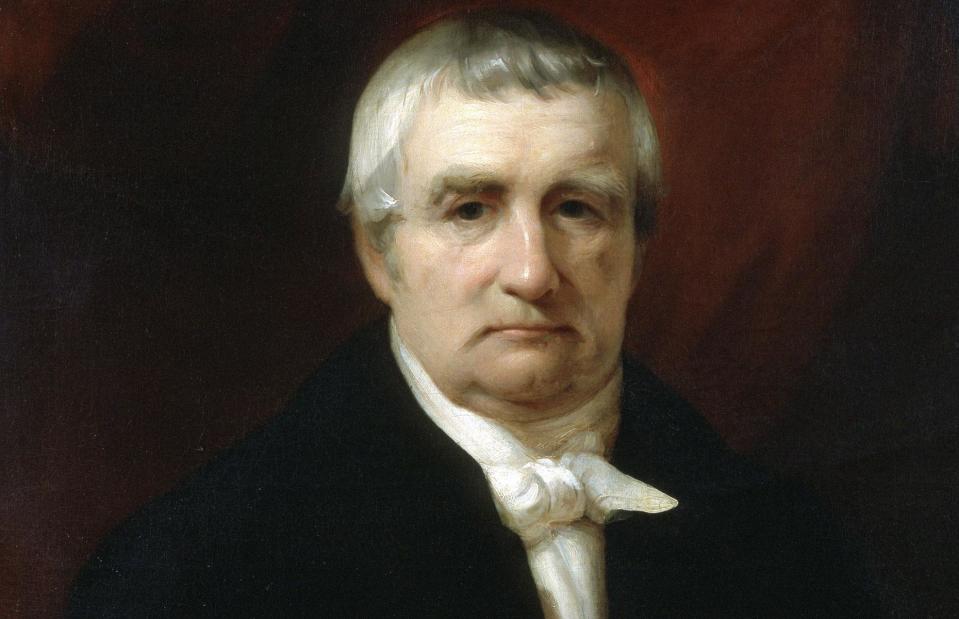
Interim Archives/Getty
Prominent in everything from real estate to politics, the Astors were America's answer to the royal family – and the nation's wealthiest clan to boot.
Over the decades, the dynasty has included philanthropists, the Queen Bee of the Gilded Age, and the wealthiest victim of the Titanic disaster. That's not to mention a British viscount, the UK's first sitting female MP, and even an Olympic gold medallist.
Read on to trace the remarkable ascent of the American Astor family, from humble beginnings in the Holy Roman Empire to the pinnacle of society on both sides of the Atlantic. All dollar amounts in US dollars unless otherwise stated.
Birth of the patriarch
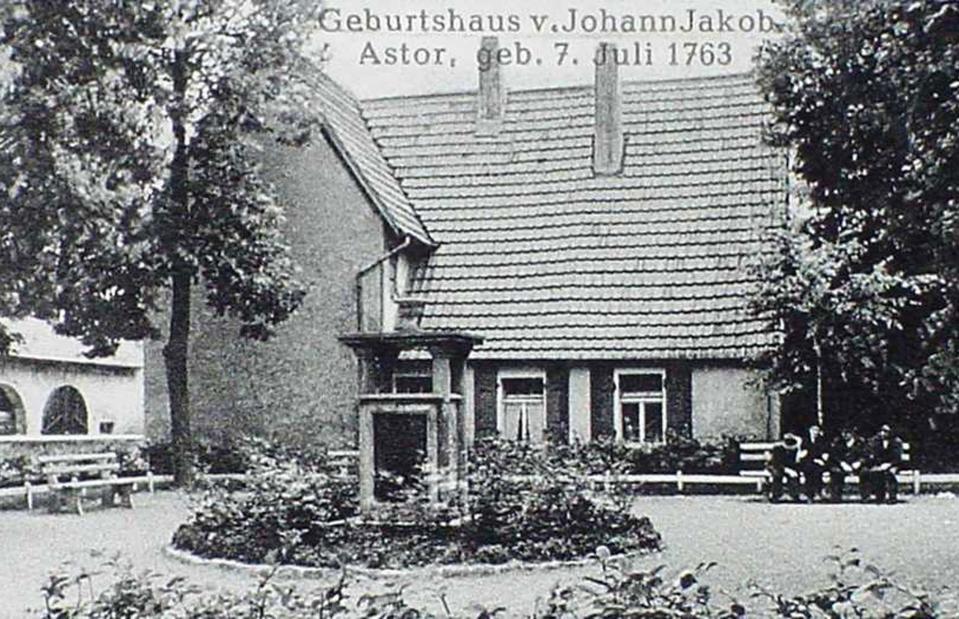
Stadt Walldorf/ Public domain
The story starts in 1763 with the birth of Johann Jakob Astor in the small town of Waldorf (now spelt 'Walldorf'), which is located in the modern-day German state of Baden-Württemberg.
He was named after his father, a poor butcher who's been described as "jovial, good-for-nothing… much more at home in the beer-house than at his own fireside". Yet despite his fun-loving ways, the boisterous butcher was serious when it came to his son's future and managed to scrape together the money to send the young Johann to school.
Business acumen
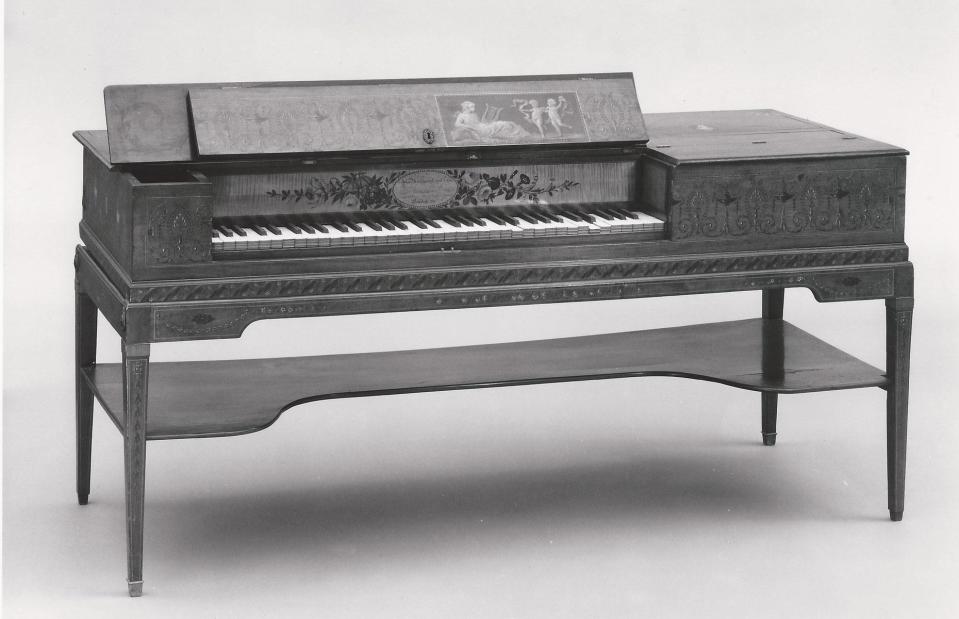
Metropolitan Museum of Art, CC0, via Wikimedia Commons
Armed with a decent education and an apparently innate sense for business, Johann left school at 14 and worked with his father for two years before seeking his fortune overseas.
In 1779, the go-getting 16-year-old joined his brother in London, where the pair worked for flute and piano manufacturer Astor & Broadwood, which their uncle co-owned.
Eager to make his fortune in the New World, the industrious teenager learned English, anglicised his name to "John Jacob", and diligently saved his wages until he could afford the passage to America.
Passage to America

CORBIS/Corbis via Getty
The American Revolutionary War (1775-1783) had stalled John's plans to emigrate but once the Treaty of Paris had been signed in September 1783, there was nothing stopping him.
Two months later, he snapped up the cheapest ticket available and set sail for the US – although his plans faced further delay when the ship got stuck in ice near Baltimore for two months.
Business tip-off
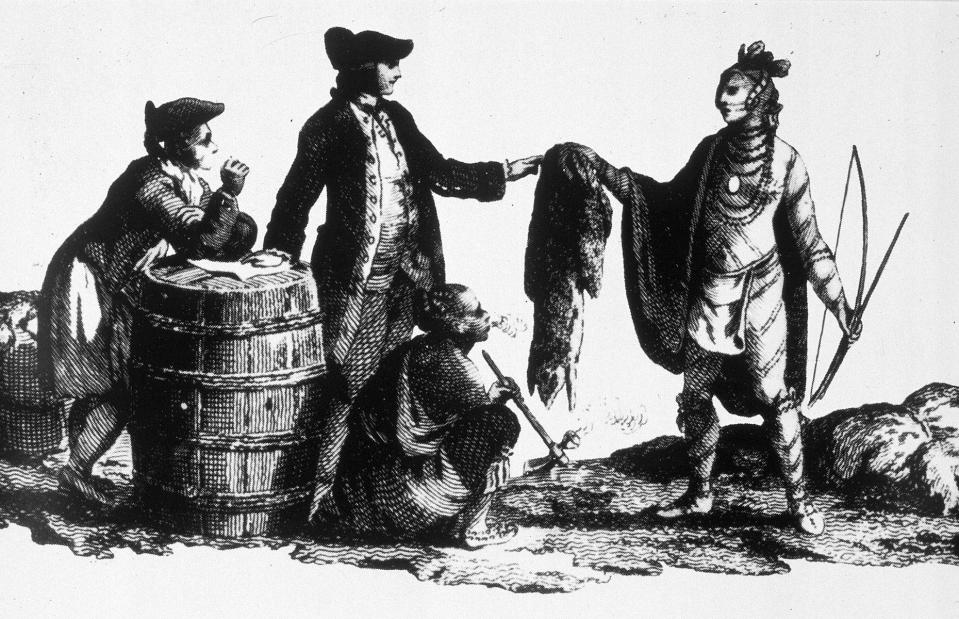
MPI/Getty
The delay turned out to be a blessing in disguise. While waiting for the ship to dock, John met a fellow German traveller who had experience in purchasing furs from Native American traders.
The chance encounter would prove invaluable, inspiring the budding businessman to try his luck in the burgeoning fur industry.
Fur network
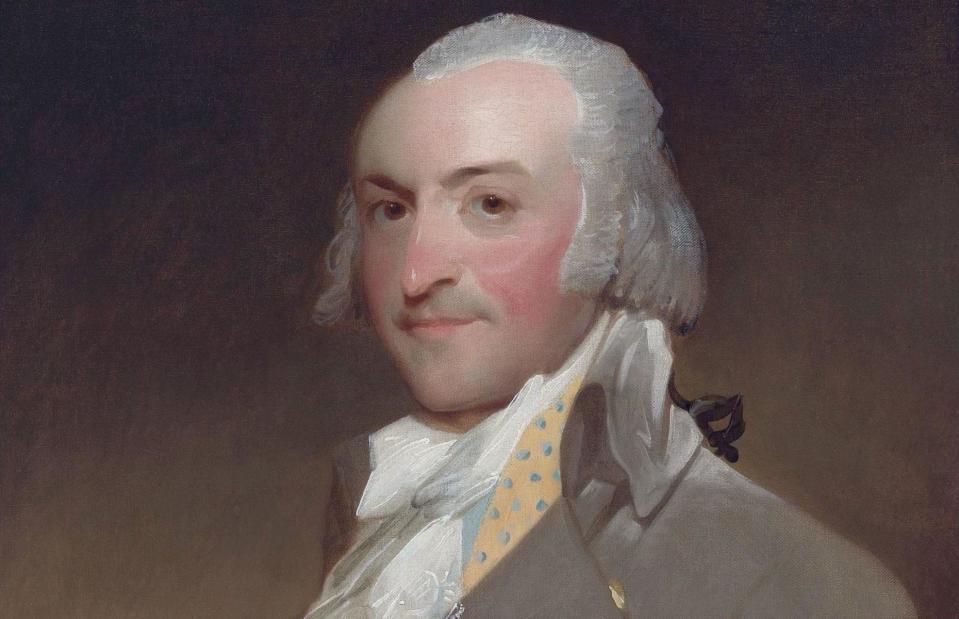
Gilbert Stuart, Public domain, via Wikimedia Commons
John finally arrived in New York City in March 1784. The following year he married Sarah Todd, his landlady's daughter, and the couple went on to have eight children.
But it wasn't just John's personal life that blossomed in the US. Inspired by the traveller he met on the ship, he soon turned his attention to dealing in furs, establishing lucrative business relationships that led to him creating a vast trading network across the country. By purchasing raw hides from Native Americans and reselling them at a profit, John eventually became so successful that he was able to open his very own fur shop.
Branching out
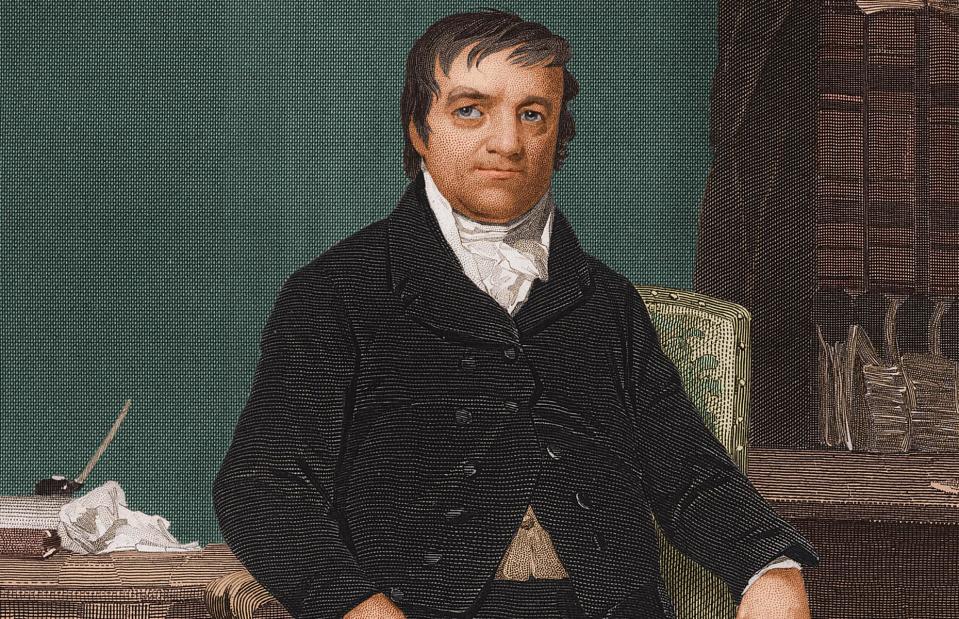
Stock Montage/Stock Montage/Getty
By 1800 John had amassed a fortune of $250,000, which is around $5.7 million (£4.5m) today. He'd also become the dominant player in the North American fur trade, establishing the American Fur Company.
The fiercely successful entrepreneur branched out into other areas, trading the likes of silk, tea, opium, and alcohol. This diversification helped him stay afloat when the War of 1812 between America and the British battered his fur business.
Fur monopoly
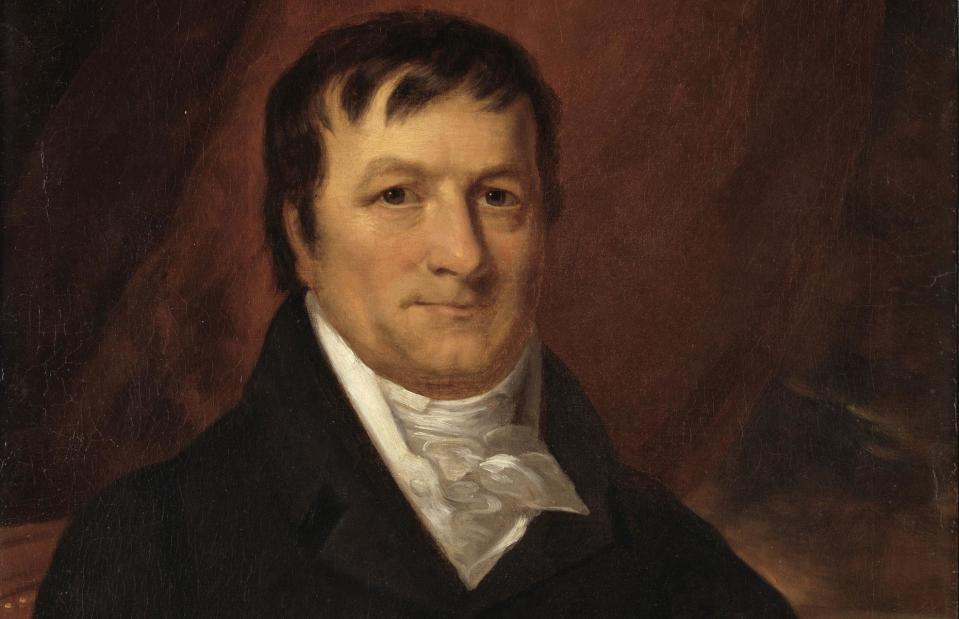
John Wesley Jarvis, Public domain, via Wikimedia Commons
By 1822, John had a monopoly on trading fur in North America. Correctly sensing that the fur industry was on the wane, he was equally visionary about the potential of New York City's up-and-coming property market. He sold his American Fur Company and other related ventures in the 1830s to concentrate on real estate investing.
By this point, he was so influential that a neighbourhood in Queens was named 'Astoria' in his honour.
America's first millionaire
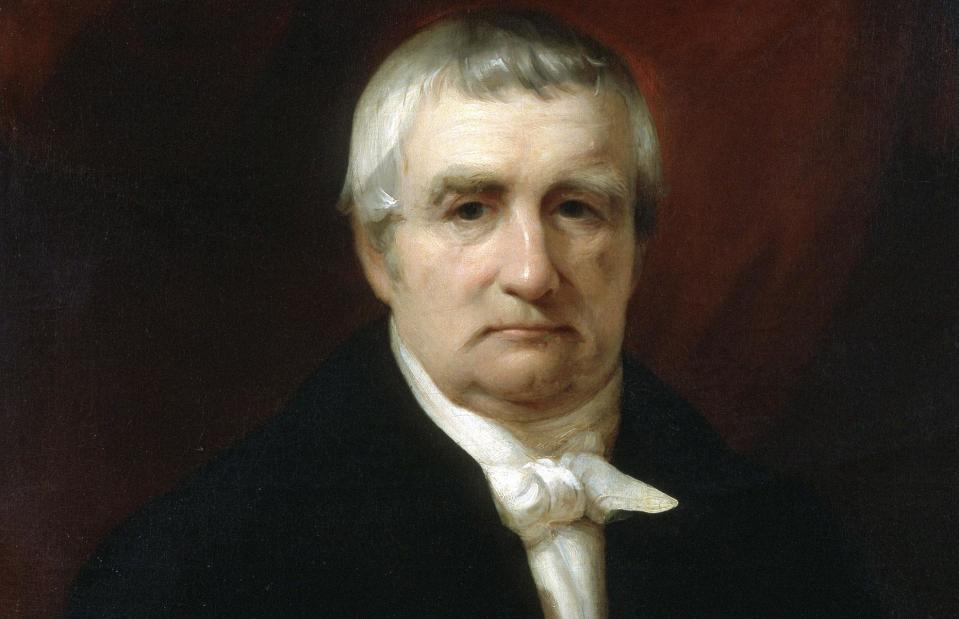
Interim Archives/Getty
Having mopped up huge swathes of land in New York City that were skyrocketing in price, John became America's first millionaire and by the time of his death in 1848, the 84-year-old was the richest person in the country by a long shot.
The tycoon left a fortune of at least $20 million, which represented around 1/107 of US GDP at the time. Adjusting the figure based on the proportion of GDP, this is equivalent to a huge $192 billion (£153bn) today.
Real estate mogul
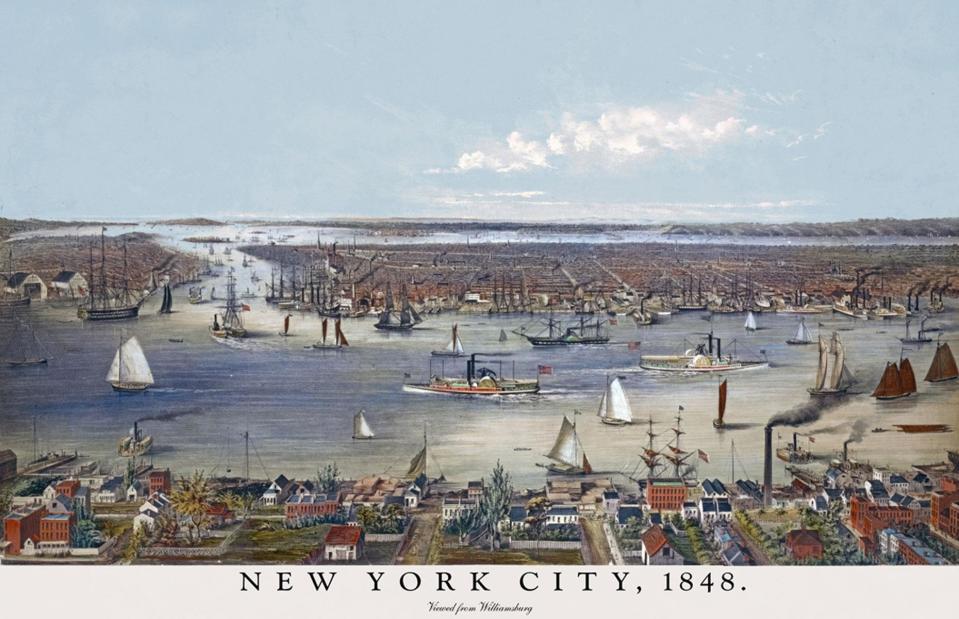
Edgar Foreman/Public domain
The philanthropic John left hundreds of thousands of dollars to found the Astor Library, which would later form the New York Public Library. He also bequeathed sums to various other organisations, including an orphanage in his hometown of Walldorf.
But the bulk of the estate, including the unrivalled property empire, was bequeathed to his second son William Backhouse Astor, as his eldest son, who was also named John, was deemed mentally unstable.
John Jacob Astor's daughters
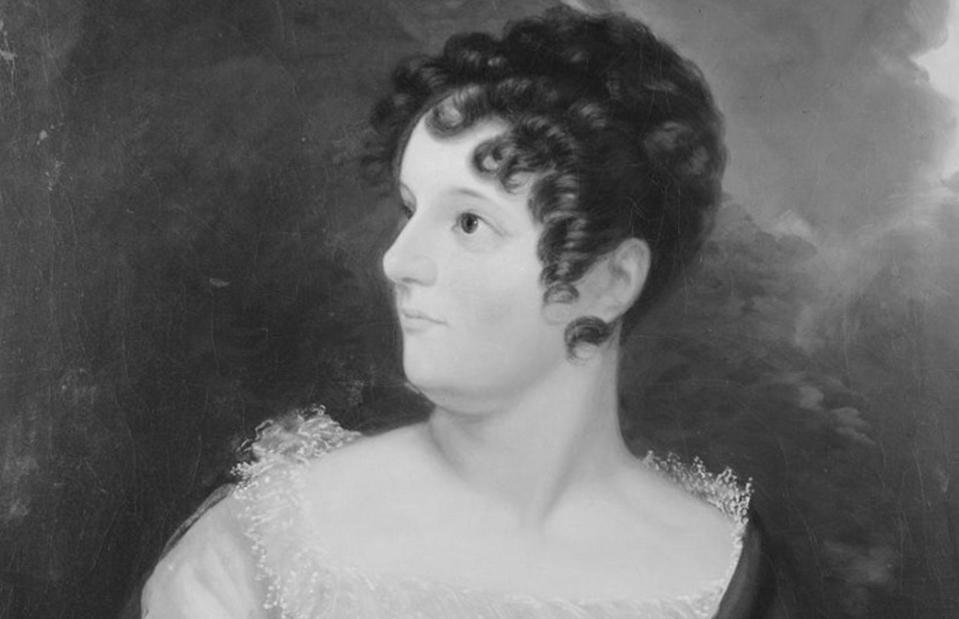
Public domain
John had attempted to marry off his three daughters, but while Eliza (pictured) delighted her father by tying the knot with an influential German count, Dorothea enraged him by eloping during the War of 1812.
Further scandal occurred when his eldest daughter, Magdalena, ended up divorcing her husband in 1819. This would undoubtedly have caused quite a stir at the time.
Of the three sisters' various offspring, notable descendants include a top diplomat, various high-society stars of the Gilded Age, and the writer Charles Astor Bristed, who coined the term "conspiracy theory".
William Backhouse Astor
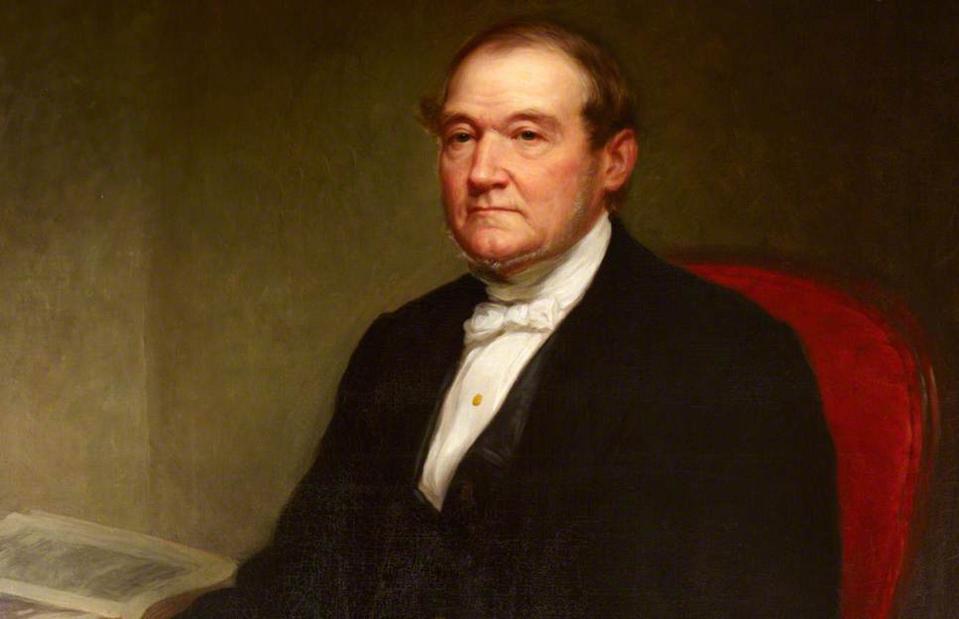
George Augustus Baker, Public domain, via Wikimedia Commons
As shrewd and conscientious as his father had been, William Backhouse Astor put the family fortune to good use.
He spent millions expanding the clan's New York City real estate holdings, including the development of more than 700 stores and houses, and invested heavily in various other lucrative industries, such as railroads, coal, and insurance.
Landlord of New York
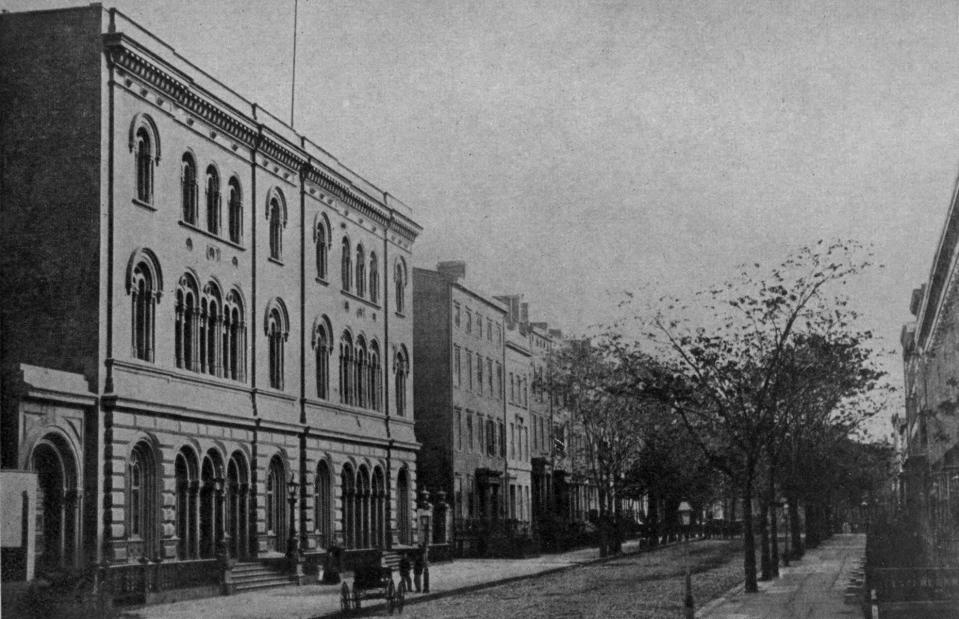
Unknown photographer, Public domain, via Wikimedia Commons
Known as "the landlord of New York", William Backhouse Astor also devoted time to philanthropy, pouring money into the public library (pictured) founded by his father and a range of other good causes.
He died in 1875 at the age of 83, leaving behind a legacy of $50 million. That's the equivalent of around $1.3 billion (£1bn) when adjusted for inflation from a purchasing power point of view, but many more billions if calculated as an equivalent proportion of US GDP.
Moneyed heirs and black sheep
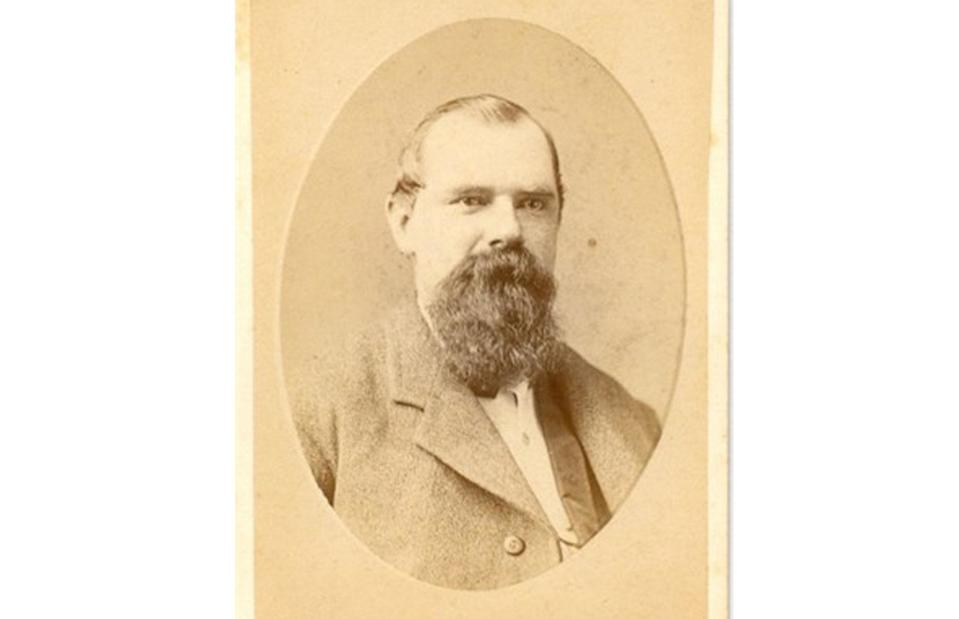
Public domain, via Wikimedia Commons
Of William's three sons, John Jacob III and William Backhouse Jr. bagged the lion's share of the estate. The youngest, Henry (pictured), was effectively disinherited after he married a woman the family strongly disapproved of.
John Jacob III is referred to as the "founder" of the British branch of the family due to his regular visits to London in later life, while William Backhouse Jr. was the patriarch of the American side.
Wealthy daughters

Agence Rol, Public domain, via Wikimedia Commons
While not as rich as their two brothers, the three surviving daughters of William Backhouse Astor Sr. were still mega-wealthy.
Collectively, their most notable descendants include the racing driver Count Louis Zborowski (pictured), who was the inspiration behind Chitty Chitty Bang Bang, as well as the writer John Armstrong Chaloner and artist Robert Winthrop Chanler.
Along with their nine siblings, the latter two were known as the "Astor orphans", who were raised at Rokeby, the family estate in New York, after losing their parents at a young age.
William Backhouse Astor Jr.
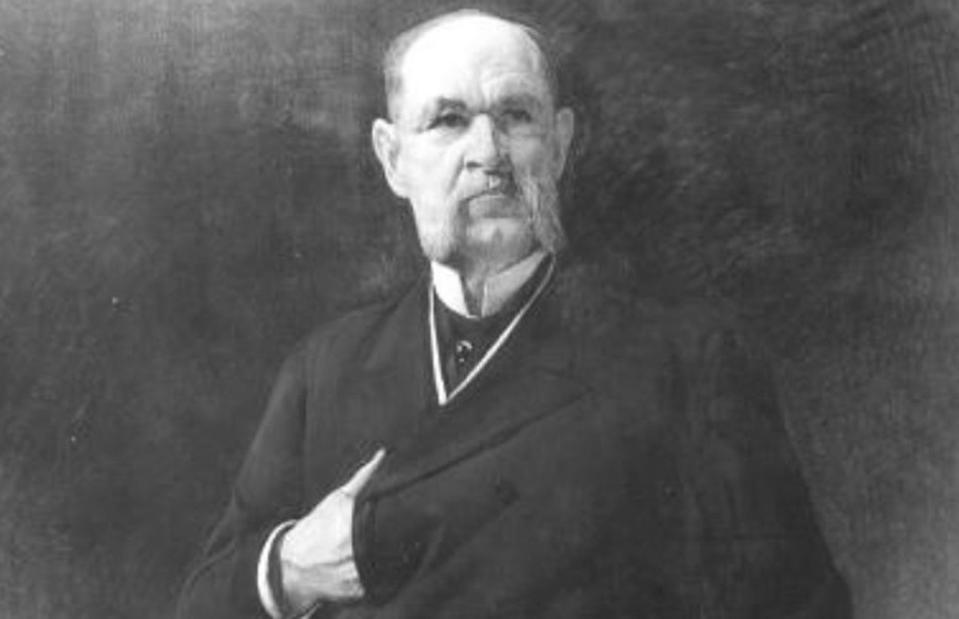
Courtesy New York Public Library/Public domain
The head of the American branch of the Astor family, William Backhouse Astor Jr. (pictured) inherited the equivalent of $1.3 billion (£1bn) when his father died in 1875.
More interested in spending his fortune than expanding it, the pleasure-loving heir splurged on the world's biggest private yacht, expensive racehorses, prized artworks, and a number of lavish residences across the country.
He died in 1892 in the lap of luxury at the swish Hôtel Liverpool in Paris.
Caroline Astor
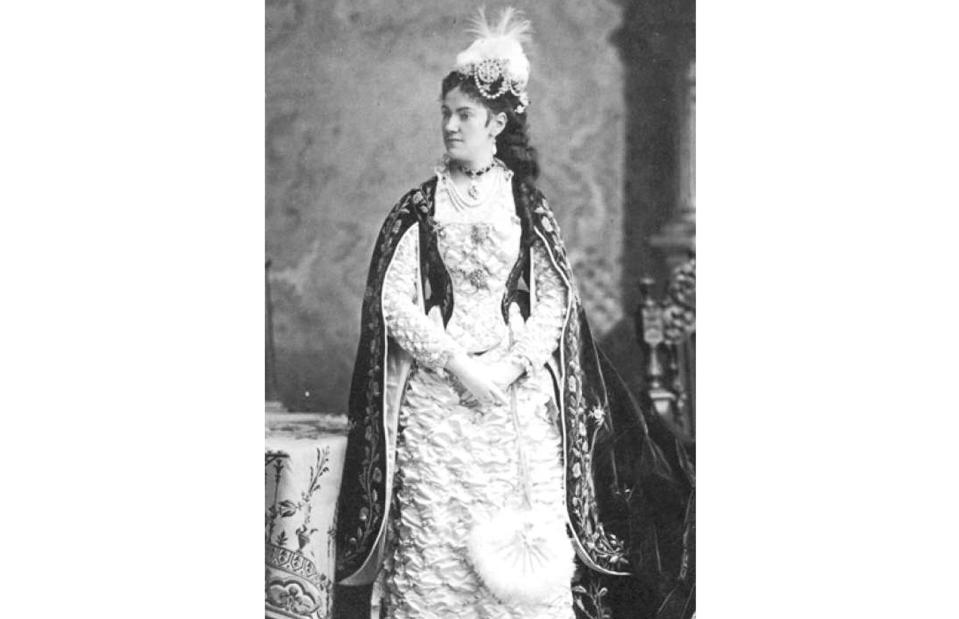
Unknown author, Public domain, via Wikimedia Commons
Much like her husband, William's widow Caroline was outrageously extravagant.
Often referred to as "the Mrs Astor", she was born into the wealthy Schermerhorn shipping family and married the Astor heir in 1853. She was renowned for her exquisite jewellery collection, couture clothing, and penchant for throwing fabulous parties.
Queen Bee
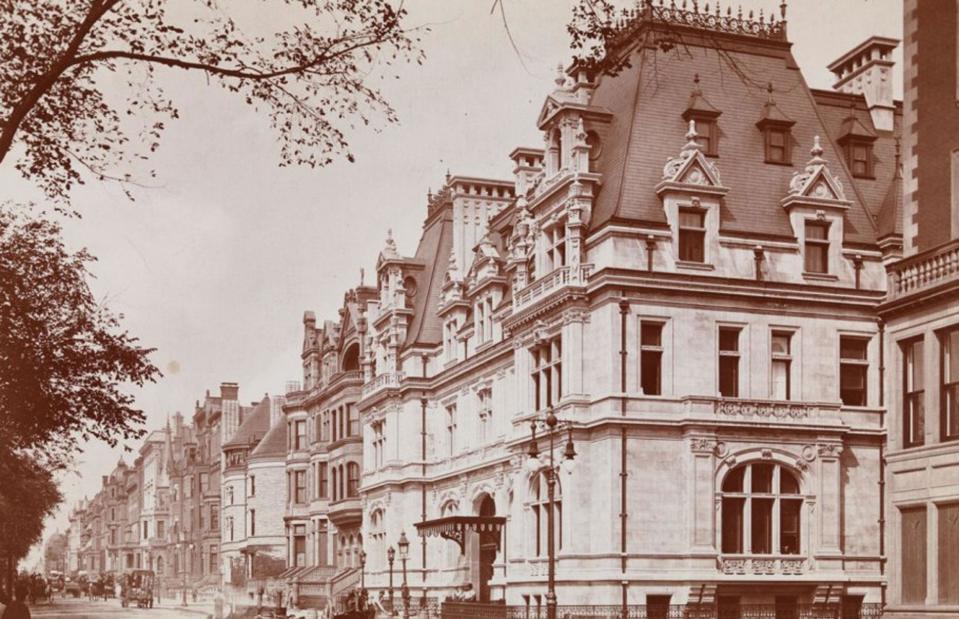
Unknown author, Public domain, via Wikimedia Commons
Mrs Astor was the undisputed Queen Bee of New York society throughout the Gilded Age, the period from around 1870 to 1900, and devoted herself to keeping the nouveau-riche riff-raff out of high society.
Together with uber-snob Ward McAllister, she concocted "the Four Hundred", a list that whittled down the Big Apple's elite to the exact number of guests that could fit in the ballroom of her Fifth Avenue mansion (pictured).
She passed away in 1908 and left behind five children, including John Jacob Astor IV.
John Jacob Astor IV
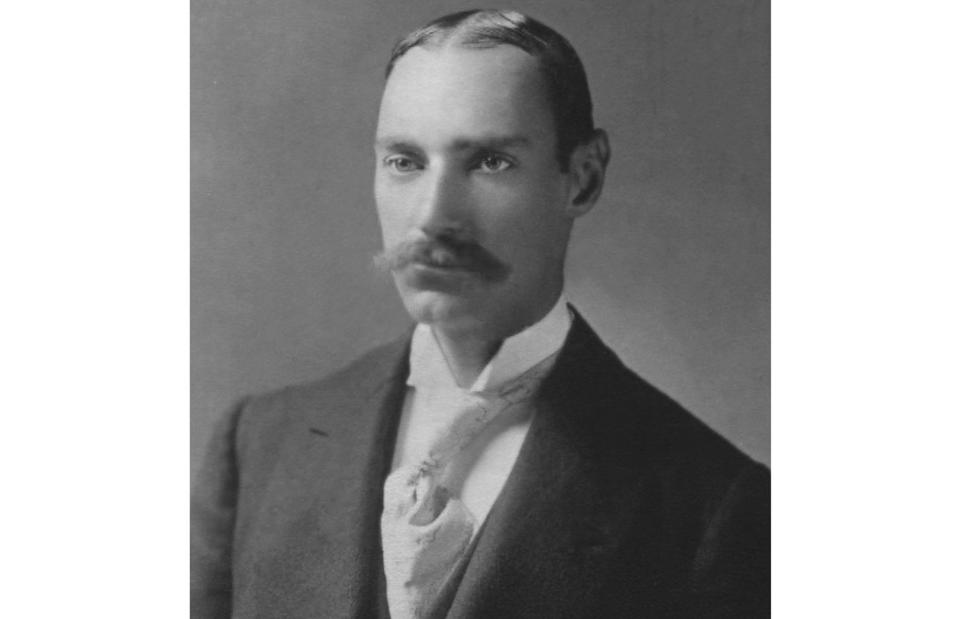
Unknown author, Public domain, via Wikimedia Commons
As William Backhouse Jr.'s only son, John Jacob Astor IV was the main beneficiary of his father's estate.
After joining the family business, he made millions from the New York real estate market. In 1897, he built the Astoria Hotel and billed it as "the world's most luxurious hotel". It directly backed onto the Waldorf Hotel, which belonged to his cousin and rival, William Waldorf Astoria. We'll explore the origins of this intense familial rivalry in more detail later on.
Around thirty years later, the two hotels were knocked down to make way for the Empire State Building. They were rebuilt as a joint venture, and the Waldorf Astoria New York opened its doors in 1931.
Richest Titanic victim

Public domain, via Wikimedia Commons
John Jacob Astor IV and his first wife Ava divorced in 1909. Two years later, he married 18-year-old socialite Madeleine Talmage Force.
John Jacob Astor IV whisked his new bride away on an extended honeymoon and Madeleine fell pregnant while they were in Europe. Opting to cut their trip short so they could head back to America, the newlyweds booked first-class tickets for Titanic's maiden voyage.
While his wife, together with her maid and a nurse, made it safely into a lifeboat, John Jacob Astor IV and his valet both perished when the doomed boat sank. The liner's wealthiest passenger, he was worth around $150 million at the time of his death according to The New York Times, which is equivalent to $4.6 billion (£3.7bn) today.
Vincent Astor
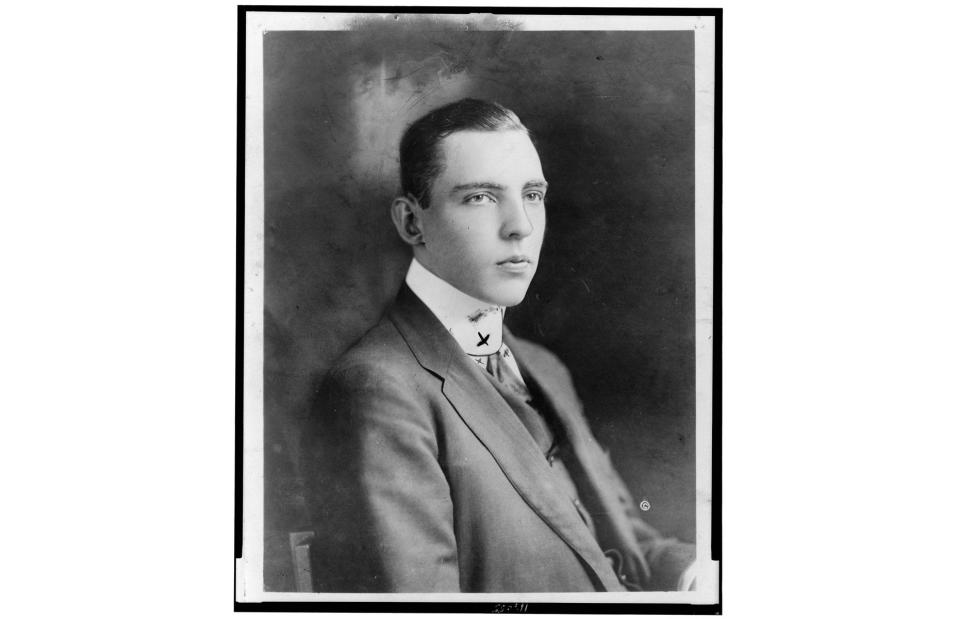
PPOC, Library of Congress, Public domain, via Wikimedia Commons
Most of this fortune went to John Jacob Astor IV's son by his first marriage, Vincent. Despite – or perhaps because of – his incredible wealth, the young Astor heir was renowned for his social conscience.
As well as giving generously to charitable causes, Vincent instigated the construction of several low-cost housing projects, built playgrounds for children, and worked hard to dispel the family's reputation for being slum landlords.
Brooke Astor

Genevieve Naylor/Corbis via Getty
Vincent also had a knack for making money, investing in luxury real estate developments and publishing companies, and was chairman of Newsweek from 1937 until his death in 1959.
On his passing, his wife Brooke (pictured) inherited $67 million and was tasked with distributing it to worthy causes. The equivalent of $662 million (£530m) in today's money, the sum was mainly donated to various charities across New York City.
Shocking treatment
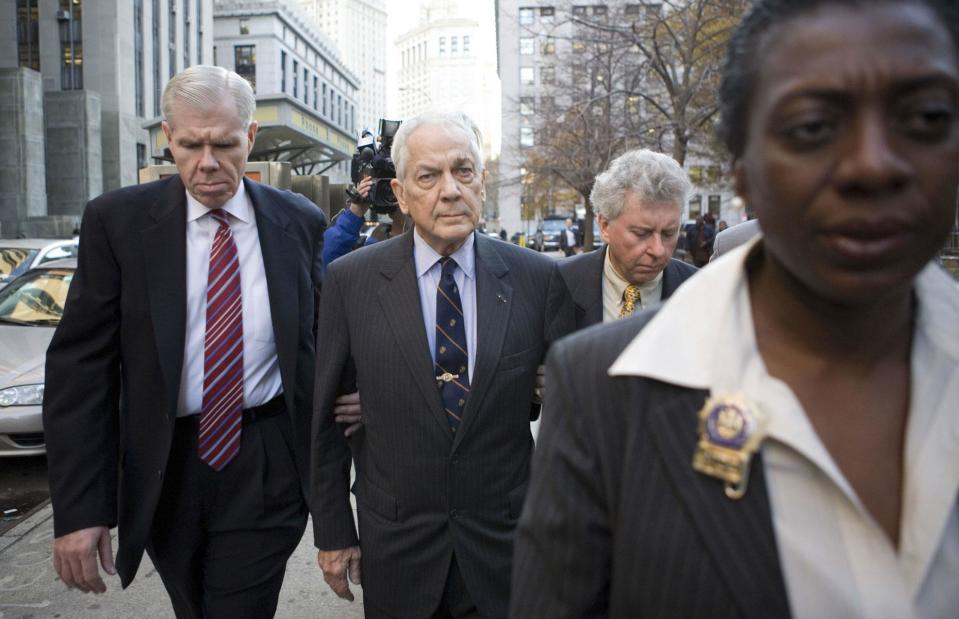
Ramin Talaie/Corbis via Getty
Sadly, Brooke's later years were marked by elder abuse at the hands of her son Anthony D. Marshall.
Concerned for his grandmother's welfare, Anthony's son Philip alerted authorities that his father wasn't providing appropriate care for the frail widow, leaving her to live in squalor without necessary medication.
Anthony was also accused of taking advantage of his mother's Alzheimer's to steal money from her, and was even alleged to have amended her will before she passed away in 2007 at the age of 105.
Anthony was convicted in 2009, having been found guilty of swindling his mother out of some of the millions that remained from this particular Astor line's once colossal fortune.
John Jacob Astor III
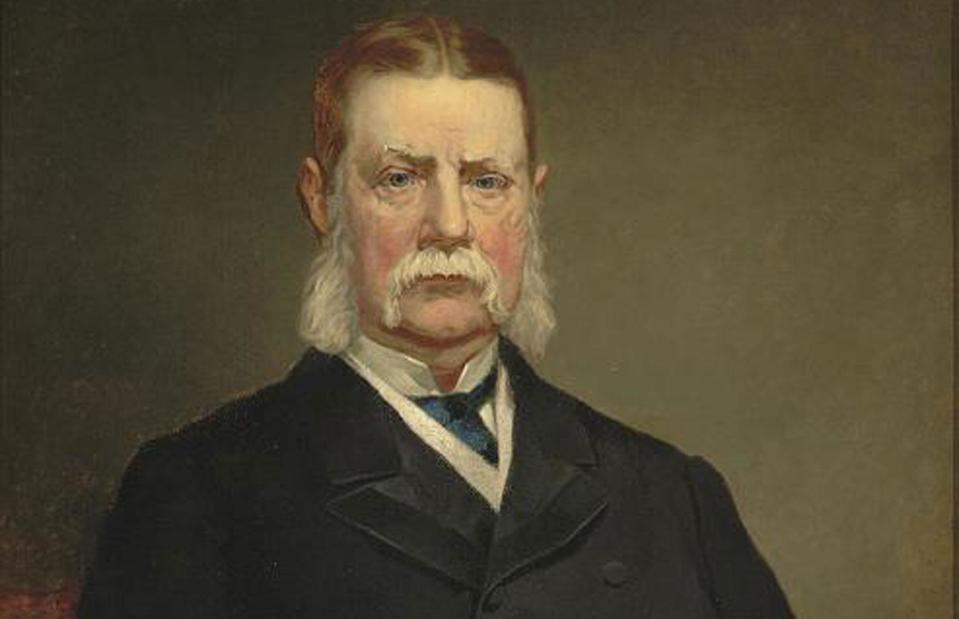
Jacob Hart Lazarus, Public domain, via Wikimedia Commons
Let's return to the other principal branch of the Astor family: the so-called British line, which took a decidedly different route from their American counterparts.
The originator of the line John Jacob Astor III (pictured) was richer than his younger brother William Backhouse Jr, with a peak net worth of $100 million. That's over $3 billion (£2.4bn) today.
Affinity for the UK
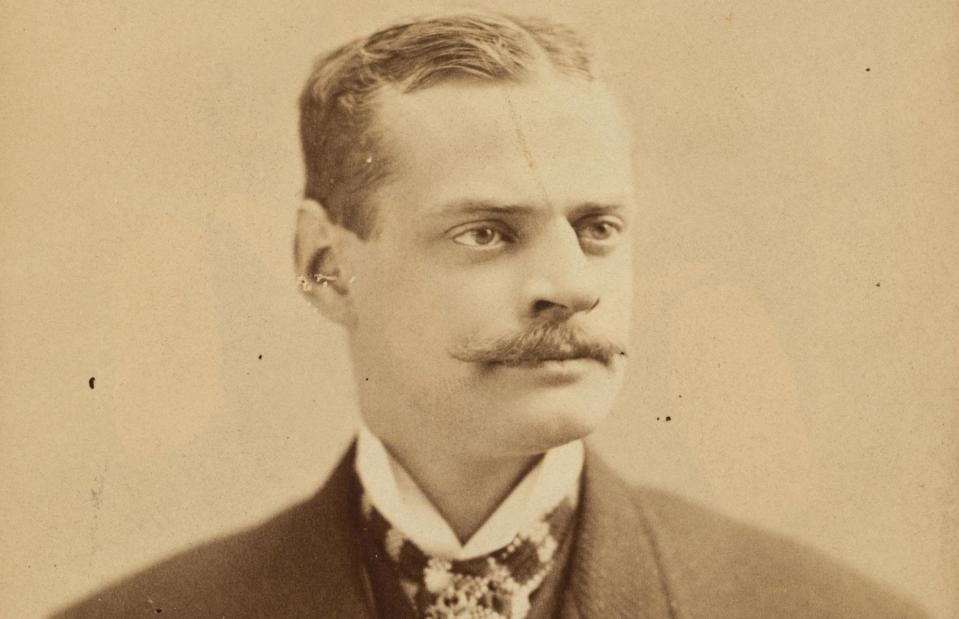
National Portrait Gallery
Stern and imperious, John Jacob III clashed with his more carefree brother and the two grew apart.
John Jacob III became disillusioned with America and spent an increasing amount of time in London, particularly towards the end of his life. As well as eventually acquiring his father's fortune, John Jacob III's only son, William Waldorf Astor, also inherited his love of the UK.
William Waldorf Astor
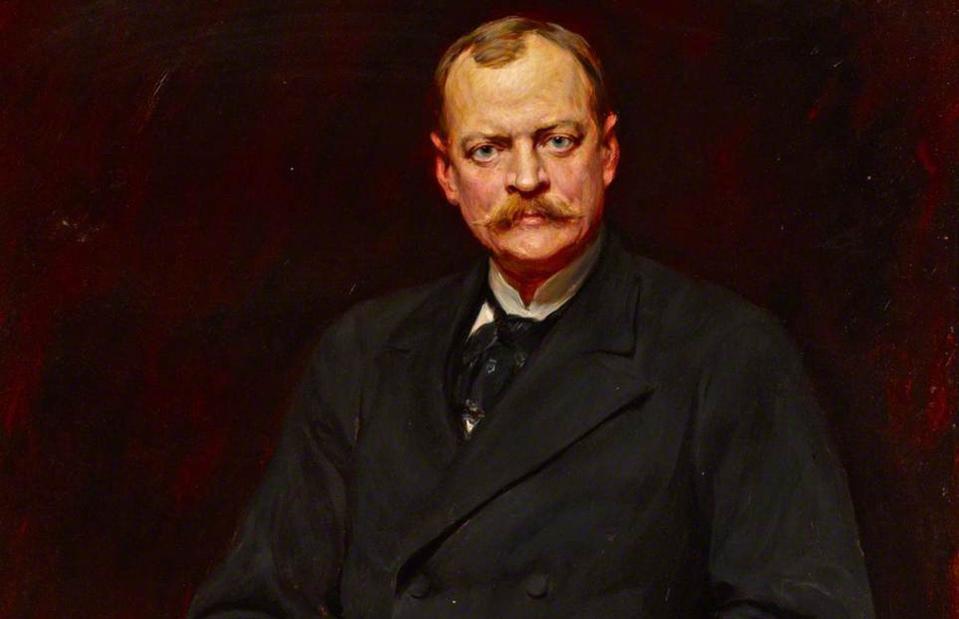
Hubert von Herkomer, Public domain, via Wikimedia Commons
William Waldorf Astor also inherited the family feud – and escalated it.
Incensed by his aunt Caroline's insistence on calling herself "Mrs Astor" – a title that William felt his wife should have had the honour of using – he waged war against the Grande Dame of New York society.
William came up with the ultimate way to mock his aunt, building his Waldorf Hotel next to the doyenne's Fifth Avenue mansion to overshadow the property's splendour.
Intense rivalry
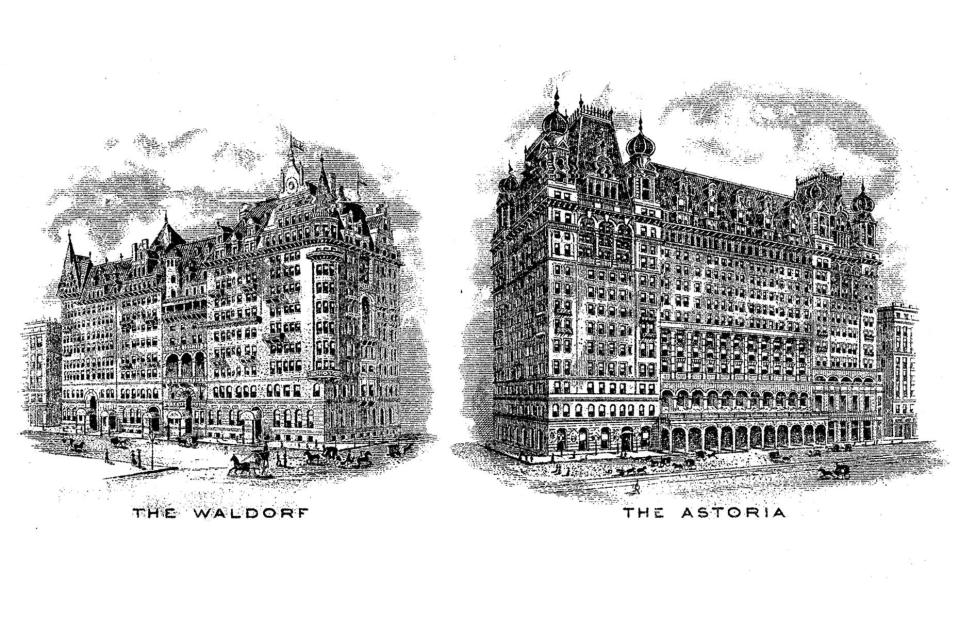
Public domain, via Wikimedia Commons
The rivalry proved too much, however. William Waldorf, who surmised that America was "no longer a place for a gentleman to live", moved to the UK in 1891.
Although he was abandoning a successful political career stateside, he took with him a $100 million fortune, which equates to around $3.2 billion (£2.4bn) today.
British peerage
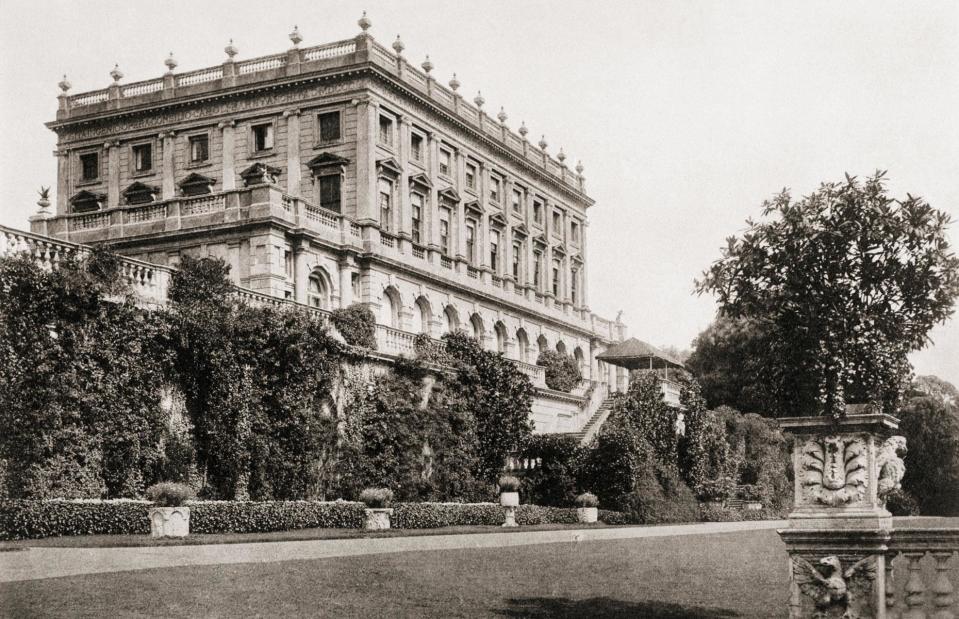
Bettmann/Getty
William, who acquired British citizenship in 1899, quickly built an enviable portfolio of property across the UK. He built a lavish gothic mansion in London, snapped up the majestic Cliveden estate (pictured), purchased the historic Hever Castle, and gave away millions to good causes.
All this work helped him achieve his lifelong wish of securing a British peerage. After being made Baron Astor in 1916, he was promoted to the rank of Viscount in 1917. He passed away in 1919.
First sitting female MP
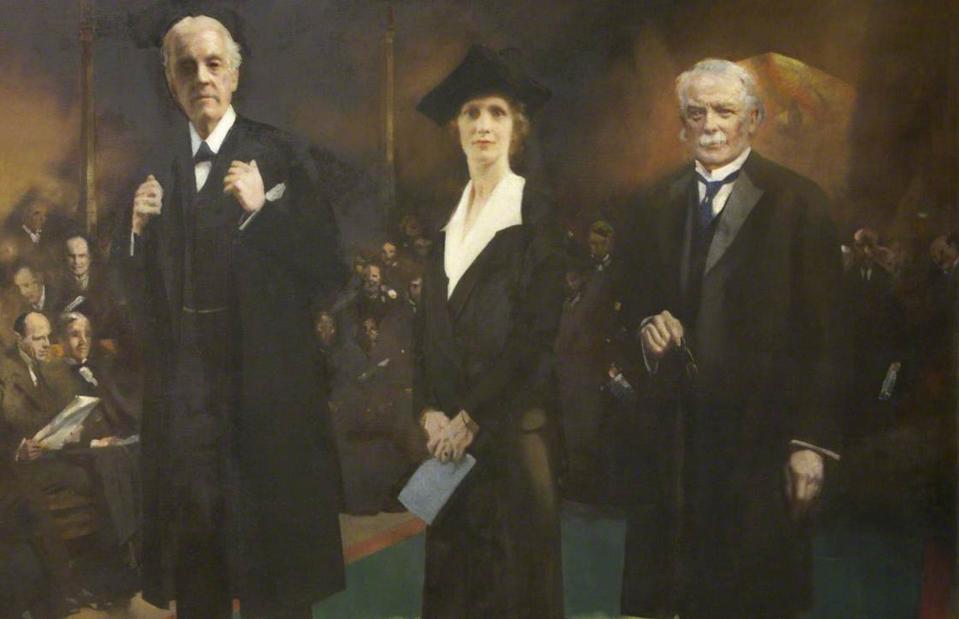
Charles Sims, Public domain, via Wikimedia Commons
Waldorf, his eldest son, inherited the Viscount Astor title. A politician and newspaper proprietor, he married Nancy Witcher Langhorne in 1906. Nancy would go on to become the UK's first female MP, taking her place in the House of Commons in 1919.
Known for her sometimes controversial views, she was a key member of the influential "Cliveden Set". Named after the country estate her father-in-law had gifted her husband, Nancy's exclusive social circle supported the appeasement of Germany during the build-up to World War II.
Olympic gold-medallist
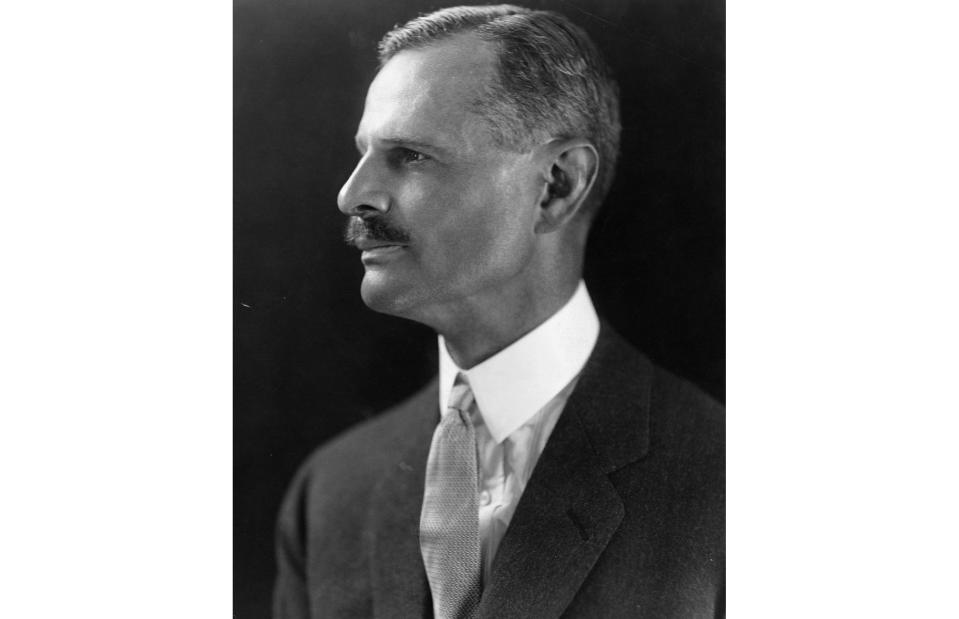
New York Times Co./Getty
Waldorf's younger brother, yet another John Jacob Astor, also received a title later in life, becoming Baron Astor of Hever in 1956.
John Jacob is perhaps best known for winning a gold medal for racquets when he represented Britain at the 1908 Summer Olympics.
So where is the family's money today? Much like that of the American branch, the wealth of the British Astors' descendants has been diluted over the years. That said, the fortune of William, the fourth and current Viscount Astor, was still pegged at an impressive $278 million (£223m) by The Sunday Times in 2017.
Now discover the world's richest families today, and see how they made their money

 Yahoo Finance
Yahoo Finance 